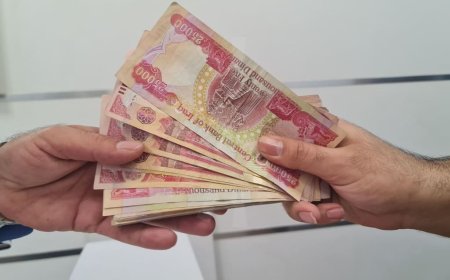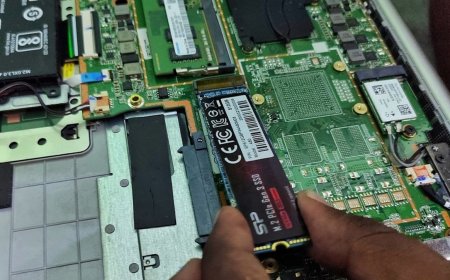How Applique Digitizing Adds Dimension to Embroidery Art
Applique digitizing blends fabric layering with precision stitching, giving embroidery designs bold texture and efficient production power.
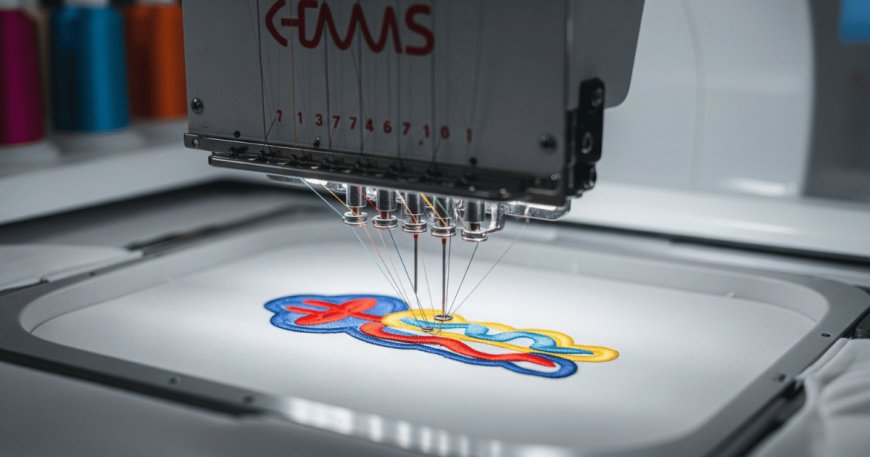
Some years back, a childrens clothing brand faced a production dilemma. Their colorful designs featuring playful animals and letterswere too thread-dense and expensive to mass-produce using traditional embroidery. The solution came in the form of a method both classic and modern:applique digitizing. By integrating patterned fabric into embroidery, the brand reduced stitching time and costs while creating even more vibrant and textured apparel.
This story isnt rare. Appliqu, an age-old sewing technique, is experiencing a renaissance thanks to digitizing technology. When done right, it can elevate designs into layered works of stitched art.
What Is Applique Digitizing?
Applique digitizing is the process of converting artwork into a digital embroidery file that tells a machine how to stitch fabric shapes onto a base material. It involves a sequence of instructions: placing, tacking, and covering fabric using decorative and structural stitches. Unlike standard digitizing, it introduces a new mediumfabricinto the design process.
It allows for larger, more colorful designs without adding thousands of extra stitches, making it ideal for everything from monograms and logos to childrens clothes and fashion patches.
Want to see how it's professionally done? Take a look at this applique digitizing service built for creative accuracy.
How Applique Digitizing Works
While applique itself has been used for centuries, digitizing it for machines requires precision. Heres a simplified breakdown:
-
Placement Line: The first stitch tells the machine (and the user) where to lay the fabric.
-
Tack-Down Stitch: This secures the fabric piece to the base.
-
Satin or Zigzag Border: A decorative, clean edge that prevents fraying and completes the look.
Behind the scenes, the digitizer also considers stitch density, direction, thread tension, and fabric thickness. Every aspect of the file must be tuned so the machine can produce flawless results with minimal manual intervention.
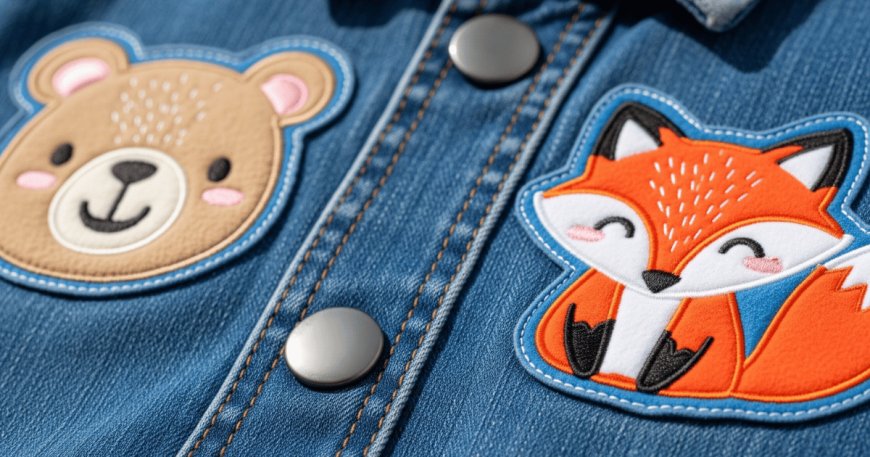
Why Applique Over Standard Embroidery?
One word: efficiency. While fully embroidered designs can be dense, costly, and time-consuming to stitch, applique uses pre-cut fabric pieces to fill in large areas, requiring fewer stitches overall.
Here are some of the biggest benefits:
-
Lower stitch count = faster production
-
Bold, fabric-based visuals that embroidery alone cant replicate
-
Versatility with layered effects, patterns, and materials
-
Unique texture and depth that enhance tactile appeal
Thats why its a favorite among designers in childrens wear, monogramming, quilting, promotional products, and high-end fashion.
Types of Designs That Work Best
Applique digitizing isnt ideal for every design, but it excels in the right context. Consider using it when:
-
Your design includes large filled areas
-
You want textured contrast using various fabrics
-
You need cost-effective embroidery on bulk orders
-
Youre working on patches, jackets, hats, or towels
Lettering, cartoon-style illustrations, animals, and logo backgrounds often work beautifully when turned into appliqu.
The Skill Behind Digitizing
Creating a perfect applique file isnt just about software. While many auto-digitizing tools exist, they often miss key details like trimming paths, over-stitching, or alignment stops. Manual digitizing ensures that:
-
Fabric pieces align properly
-
Thread doesnt pull or distort the design
-
Multiple fabric layers dont clash
-
Satin borders are even and clean
Thats why professionals offering manual applique digitizing are in high demand. The difference shows in every stitch.
Format Flexibility
Just like standard embroidery, applique digitizing must be delivered in the right format for your embroidery machine. These may include:
-
DST (Tajima)
-
PES (Brother)
-
EXP (Melco)
-
EMB (Wilcom source file)
A well-prepared digitizer will supply multiple formats or convert them upon request, making it easy for production teams to stay on schedule.
Cost and Production Advantages
Applique digitizing isnt just a creative decisionits often a financial one. Because the process reduces thread consumption and machine run-time, it directly impacts production efficiency. Thats crucial in commercial embroidery settings where dozens or hundreds of items need to be stitched quickly without compromising quality.
In fact, a study by Stitches Magazine found that designs incorporating applique ran up to 35% faster on average compared to all-thread counterparts.
Common Applications
Applique is widely used across various markets:
-
Custom apparel: Hoodies, denim jackets, baby onesies
-
School uniforms: Letterman patches, mascots
-
Quilting and crafts: Home dcor, gifts, blankets
-
Teamwear and caps: Especially for larger logos
-
Branding items: Tote bags, aprons, sweatshirts
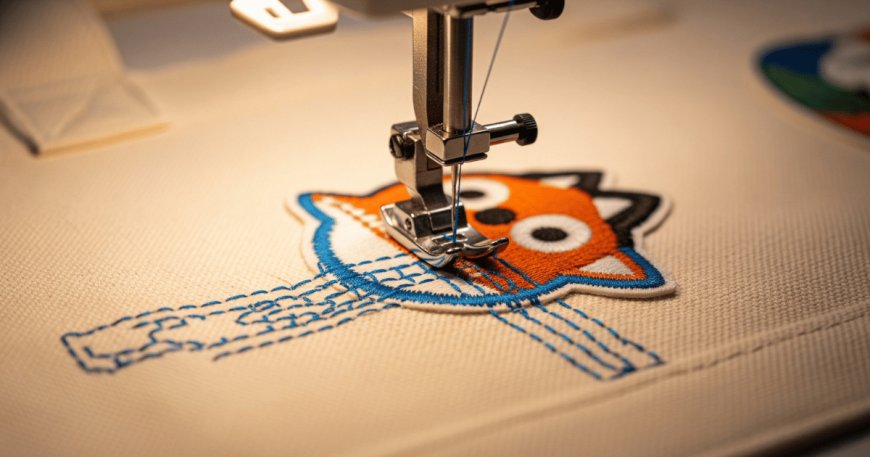
Conclusion
Applique digitizing blends tradition with technology, offering a unique way to enrich embroidery through layering, texture, and smart production. Whether you're stitching one piece or thousands, quality digitizing ensures that every design is clear, consistent, and cost-effective.














